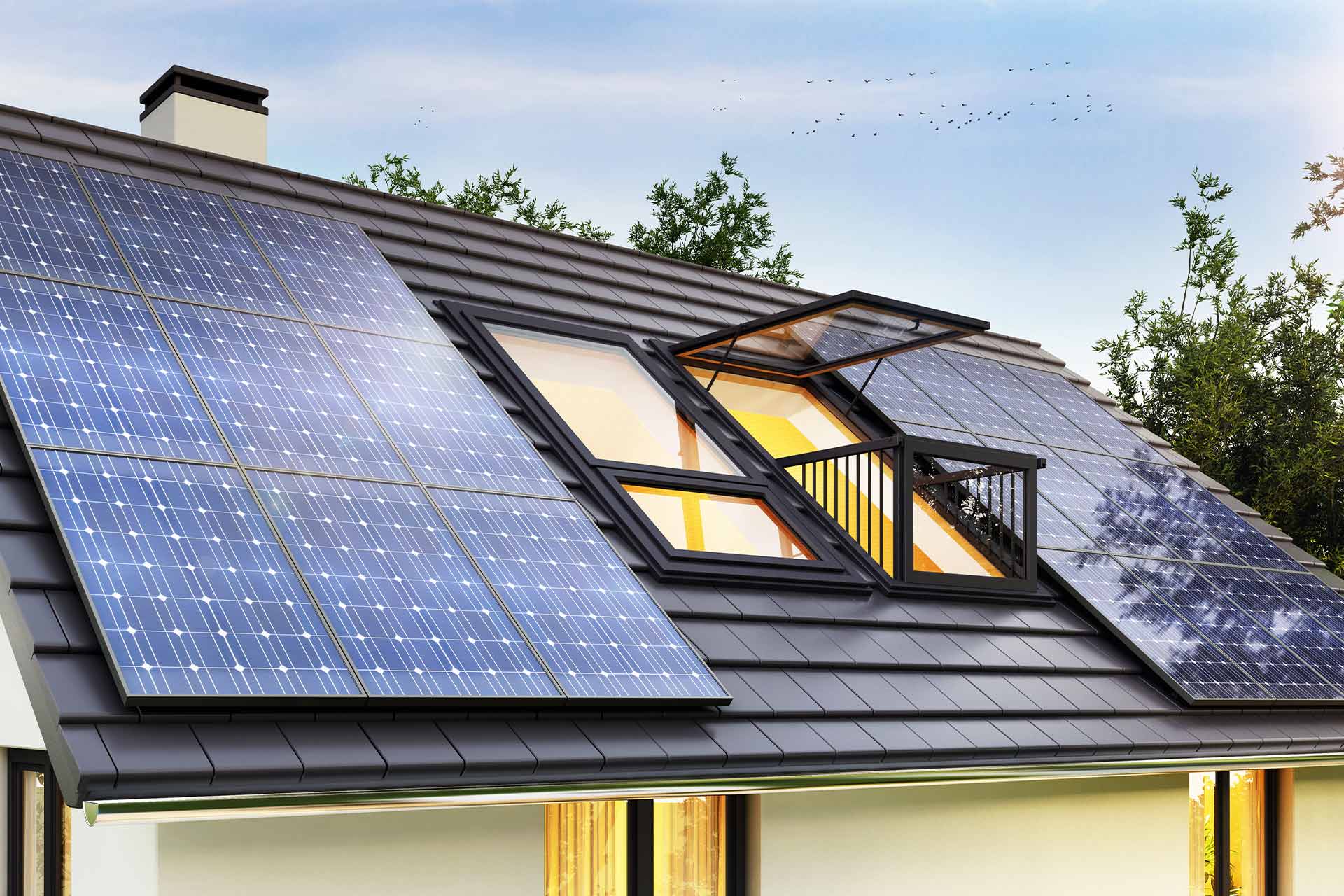Why More Families Are Prioritizing Solar in Home Renovation Plans

Home renovations tend to center on improving comfort, increasing functionality or boosting property value. More families have started adding renewable energy to their upgrade plans as well. Solar power, once seen as a forward-looking enhancement, is becoming a key part of today’s renovation timelines. Freedom Forever Solar, a trusted provider, offers reliable and affordable solar options across the United States to support energy-driven home improvement goals.
From long-term energy savings to sustainability goals, there are several reasons why solar is becoming a mainstream consideration during remodeling projects. As families invest in their homes, many are also looking ahead to how those improvements can align with cost efficiency, environmental responsibility and evolving energy needs.
A Shift in What Renovation Means
Renovation projects often focus on updating finishes, improving layout or expanding space. While these upgrades enhance daily life, they don’t always reduce long-term costs. Adding solar energy changes that equation.
Installing a system during renovation links home improvements to energy savings. As families plan updates, many are also thinking about how to manage future utility costs and reduce reliance on the grid. Solar offers a practical way to meet both goals without adding complexity to the renovation process.
Timing Renovations with Solar Installation
Renovation projects that involve roofing, electrical upgrades or exterior improvements can create a natural opportunity to add solar. When these elements are already part of the plan, the installation process becomes more efficient. Homeowners can avoid redundant labor; streamline permitting and ensure that solar fits seamlessly into the overall design.
Coordinating solar with renovation also allows for better system placement. Panel layout can be planned alongside rooflines, vents and shading considerations, which is harder to adjust after construction is complete. Integrating the system early helps maintain both performance and aesthetics, making it easier to meet energy goals without compromising the finished look of the home.
Financial Considerations and Incentives
Including solar in a renovation plan can make both timing and financing more efficient. The Federal Solar Investment Tax Credit (ITC) allows homeowners to deduct 30 percent of installation costs from federal taxes. Many states add their own incentives, such as rebates or property tax exemptions, which can reduce upfront expenses further.
Bundled financing is another advantage. Some homeowners combine solar with other upgrades under a single loan or improvement program, simplifying repayment and helping manage total project costs. In some cases, these options offer fixed rates or extended terms tailored for energy efficiency.
Beyond initial savings, solar lowers electricity costs over time. When included as part of a broader renovation strategy, it supports long-term planning by helping stabilize utility expenses and improve overall project return.
Energy Independence and Long-Term Planning
Adding solar during a renovation can contribute to how a home functions over time. As power grids grow more complex and outages become more frequent in some regions, homeowners are paying closer attention to energy reliability. A rooftop system provides a degree of self-sufficiency, especially when paired with battery storage for use during nighttime or emergencies.
This type of planning appeals to families thinking beyond current rates or short-term costs. For those expecting to stay in their home long-term or planning for multigenerational living, solar can help stabilize future expenses and reduce exposure to rising utility prices. Renovating with solar shifts the focus from one-time upgrades to how the home supports daily life in the years ahead.
Supporting Broader Sustainability Goals
Solar adoption during home renovation reflects more than a financial decision—it signals a shift in how families think about environmental responsibility. A typical residential system can offset thousands of pounds of carbon dioxide each year, reducing the home’s overall footprint while contributing to larger emissions-reduction efforts.
Solar also complements other sustainable upgrades. Energy-efficient windows, improved insulation and electric water heaters all contribute to lower energy use and pairing them with solar increases the overall impact. These combined improvements help households reduce their reliance on fossil fuels while maintaining comfort and control over energy use.
Freedom Forever provides planning resources that help homeowners explore how solar fits into broader efficiency goals. System performance, storage options and regional energy trends are factored into design decisions, making it easier for families to align renovations with long-term environmental priorities.
Resale Value and Buyer Appeal
Solar can add long-term value to a home, especially when installed as part of a broader renovation. Lower operating costs and built-in energy features appeal to buyers who are looking for efficiency and reliability. In many markets, homes with solar panels sell more quickly and at higher prices compared to similar properties without them.
This added value tends to stand out most in regions with high energy costs or a strong interest in sustainable features. For homeowners who plan to sell in the future, installing solar during renovation can support both present-day energy planning and future marketability. When integrated early, solar becomes part of how the home is designed to perform and not just an upgrade added later.
Making Solar a Standard Part of Renovation Planning
As solar technology becomes more affordable and widely available, more families are treating it as a basic part of renovation planning rather than an optional upgrade. Contractors are increasingly familiar with permitting requirements and system integration, making it easier to coordinate solar installation alongside other home improvements.
Planning for solar early helps avoid future conflicts with roof design, electrical layout or exterior changes. When systems are considered from the start, they fit more naturally into the overall project and reduce the likelihood of having to revisit completed work. This kind of coordination supports both technical performance and long-term project efficiency.
How Solar Strengthens a Home for the Future
Homes that generate their own electricity are better positioned to manage rising utility rates, shifting building standards and growing interest in sustainable living. A solar system helps stabilize long-term energy costs while adding resilience in the face of power outages or future regulatory changes.
For families that plan to stay in their homes for many years or those designing spaces with flexibility in mind, solar supports both current needs and future readiness. It becomes part of how the home functions over time, shaping daily energy use, reducing exposure to price volatility and contributing to broader environmental goals.
Rethinking Home Upgrades with a Renewable Mindset
Solar energy is earning its place alongside new flooring, updated kitchens and expanded living spaces. For many families, it has become an essential part of what it means to renovate wisely.
Incorporating solar panels during home improvement projects offers more than a boost in aesthetics or resale appeal. It builds a foundation for smarter energy use, lower costs and a healthier relationship with the environment. For homeowners seeking a renovation that goes beyond appearances, solar delivers a return that continues long after the last paint dries.





